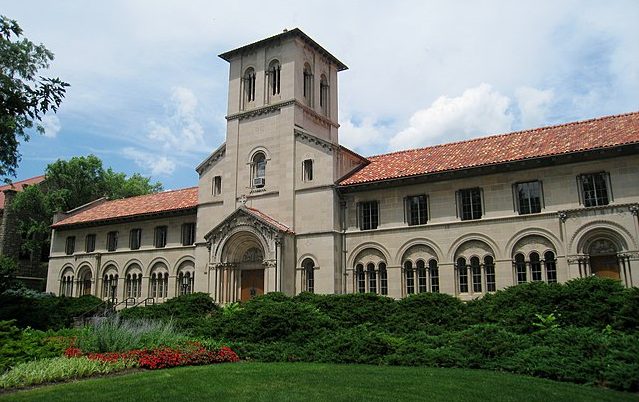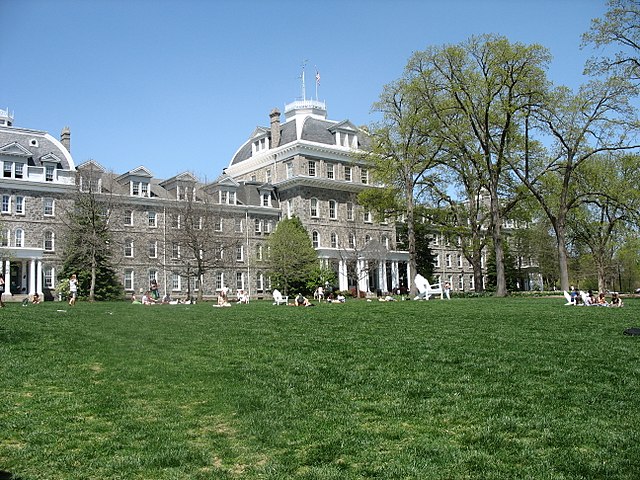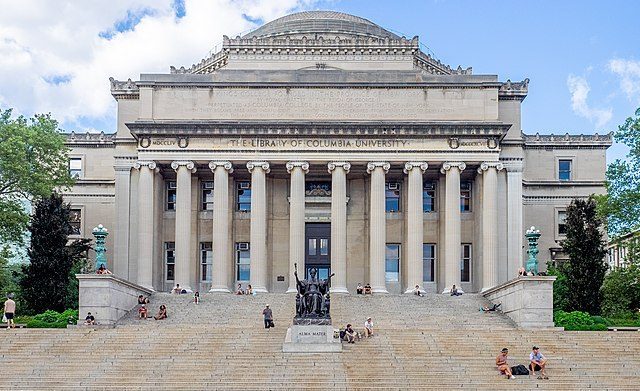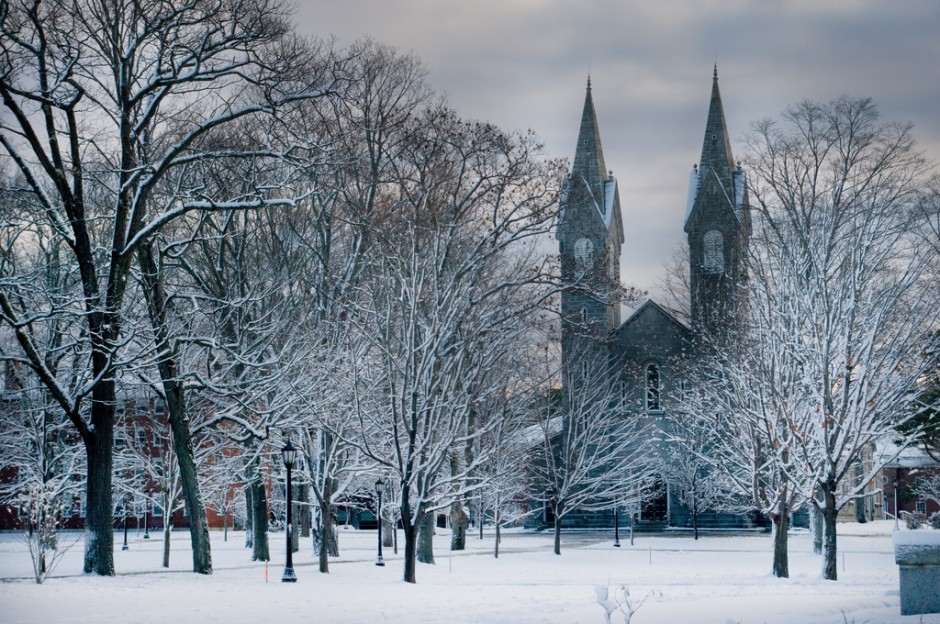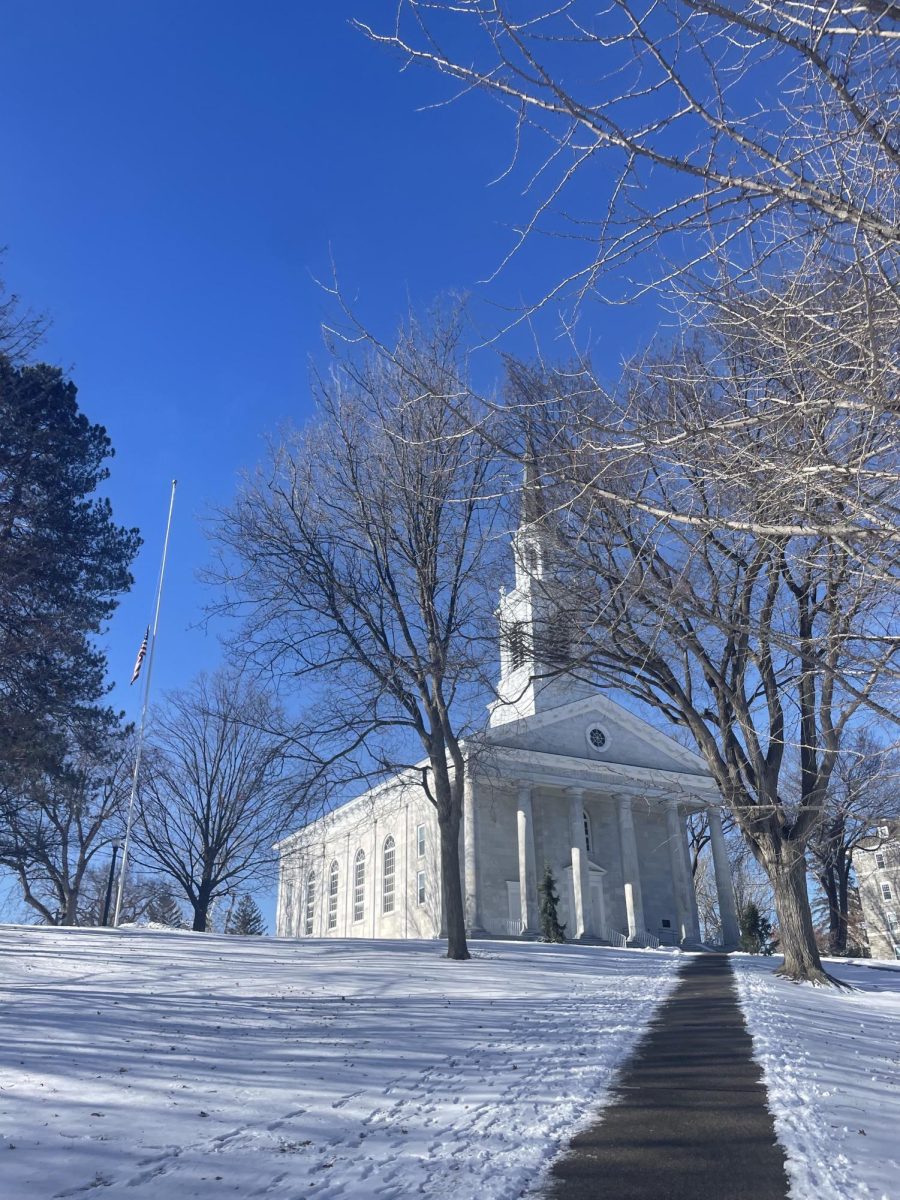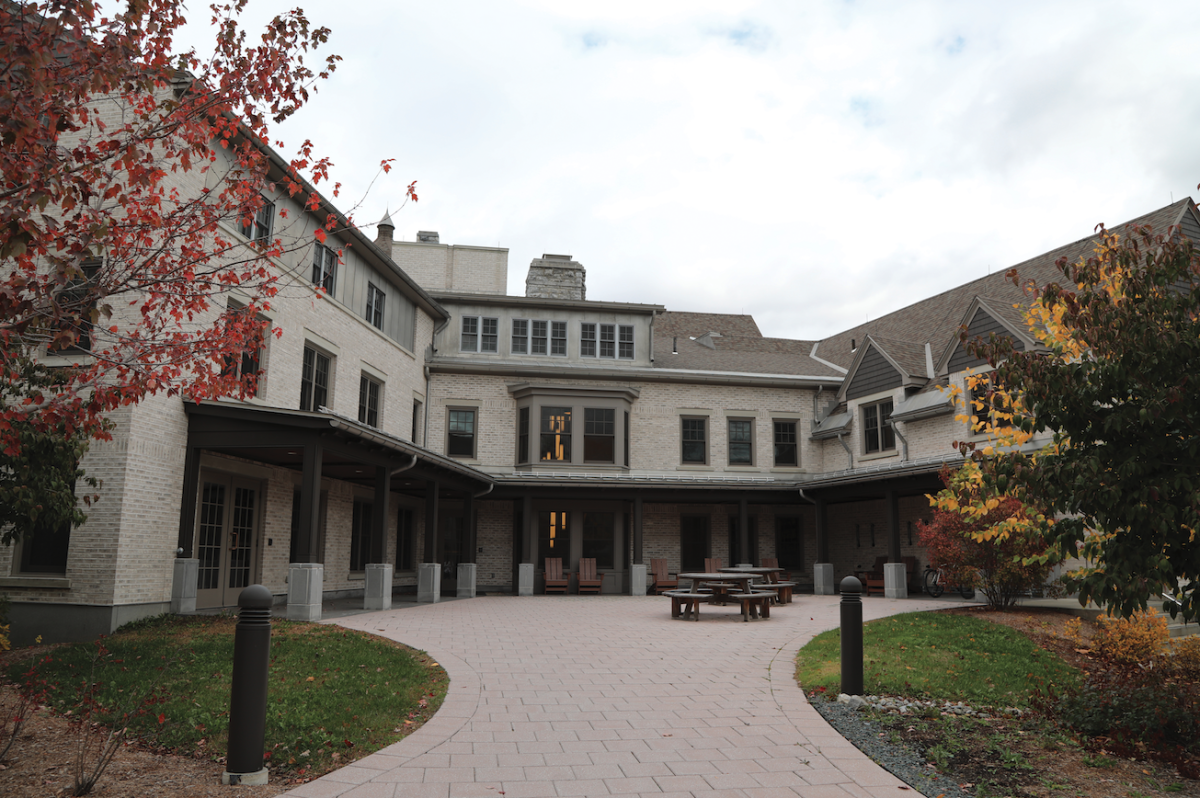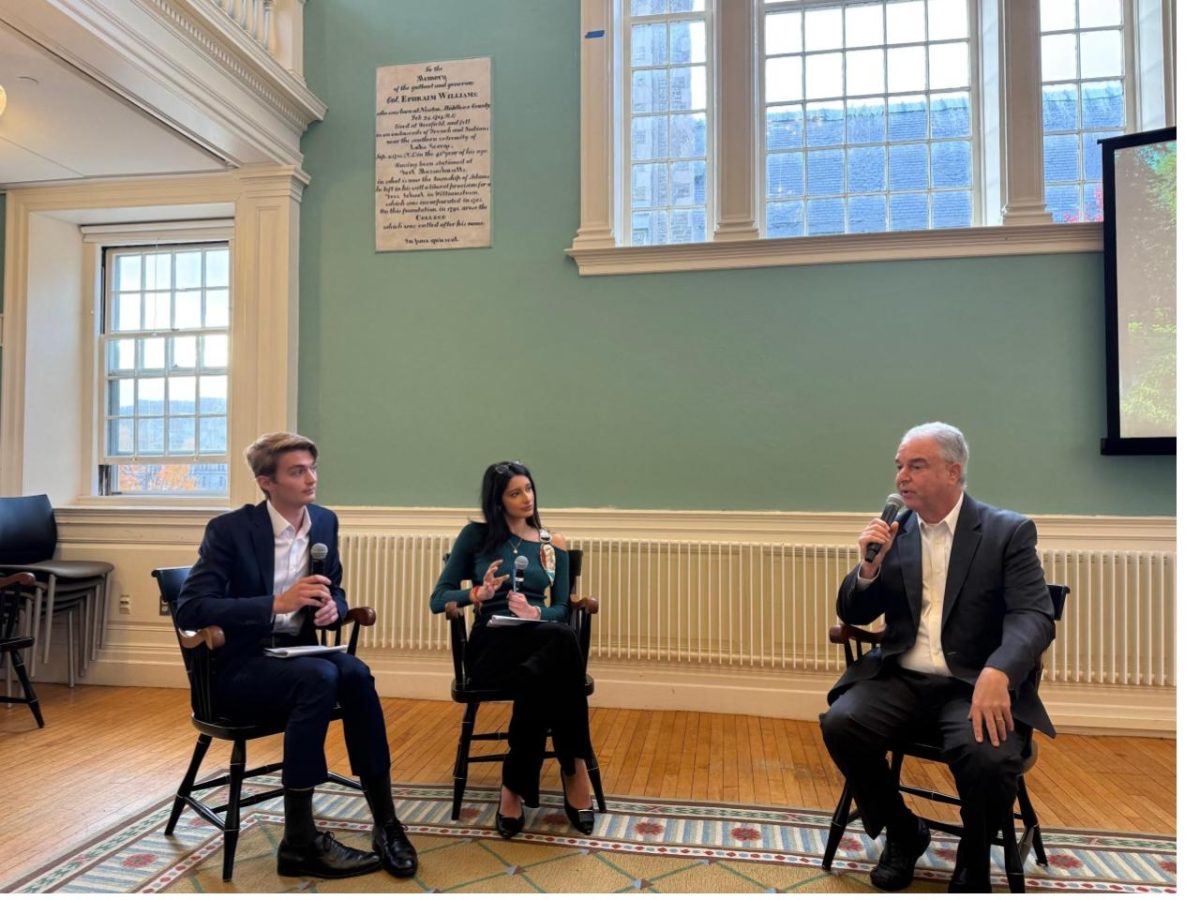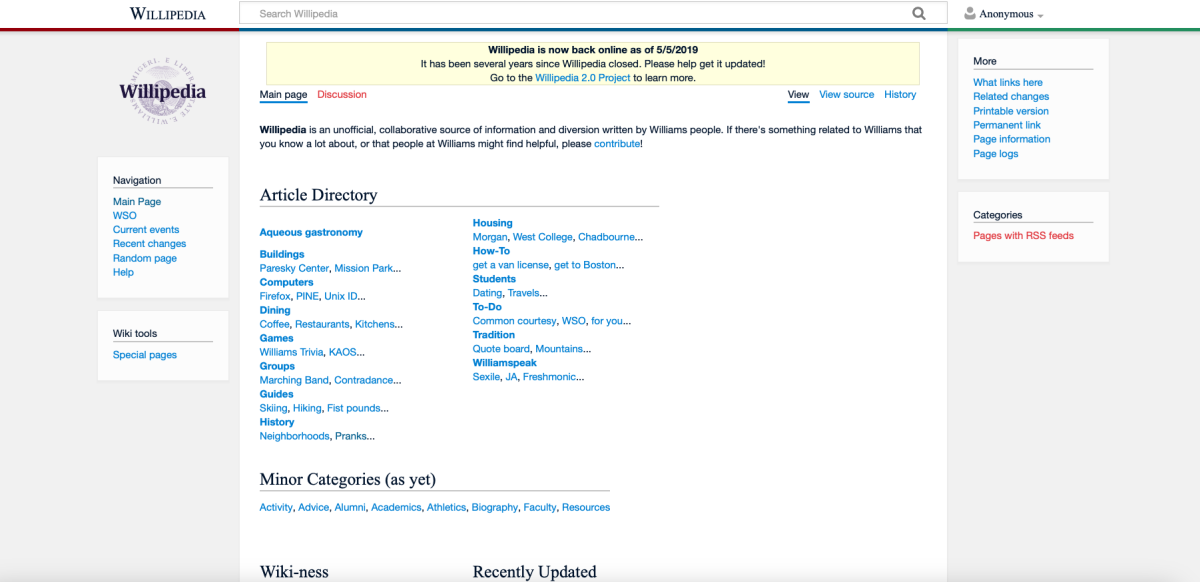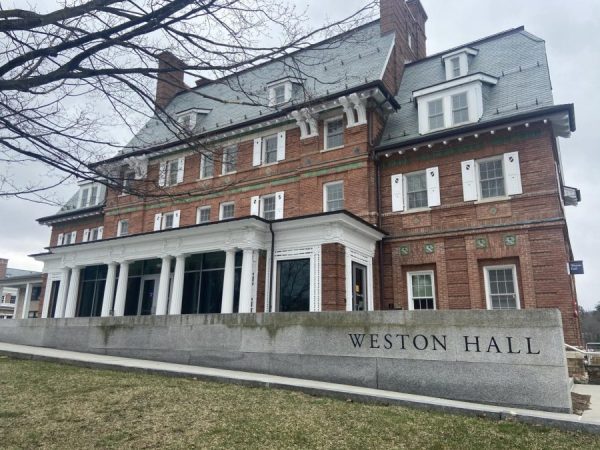
First-year enrollment dropped by over 5 percent across American colleges and universities this academic year, according to data released by the National Student Clearinghouse Research Center (NSCRC) on Oct. 23. This decline is a reversal from last year’s 1-percent increase in enrollment and represents the largest drop since 2020, when the COVID-19 pandemic and remote learning policies encouraged many students to delay matriculating.
The NSCRC’s report is based on data collected from 51.9 percent of all postsecondary institutions in the country through Sept. 26 and accounts for roughly 9 million undergraduate and graduate students.
Four-year institutions saw the largest decrease in first-year enrollment, with public and private colleges seeing drops of 8.5 and 6.5 percent, respectively.
The most significant decline was for low-income students. First-year enrollment fell by over 10 percent at four-year colleges where large shares of students receive Pell Grants, which are awarded to low-income students whose families fall in the lower half of household income distribution. Students whose families earn less than $20,000 annually typically receive more than half of the grants.
The enrollment decline comes in the wake of the redesign of the Free Application for Federal Student Aid form (FAFSA) and subsequent delays in its release last spring, which postponed the rollout of financial aid offers into the summer and left thousands of families unsure of how much college would cost them.
In response to these complications, Williams determined financial aid awards based on information applicants provided in their College Scholarship Service Profiles rather than FAFSA. While institutions that relied on the FAFSA were forced to delay aid offers, Williams was able to provide awards to students at the time of their acceptance.
Williams’ Class of 2028 has 548 first-year students, marking a 3.3 percent increase from the Class of 2027 and a 1.8 percent decrease from the Class of 2026.
The NSCRC data set also indicated that overall college enrollment across all class years increased by 2.9 percent this fall. This rise is likely due to a few factors, including the 1.2 percent increase in community college enrollment, which marks the third straight year of growth, and an increase in dual enrollment for students 17 and younger, which is up 7.2 percent from last year. Total student enrollment grew in every region of the country, increasing 3.5 percent in the South, 3.3 percent in the West, 2.2 percent in the Midwest, and 1.0 in the Northeast.
According to the data, the share of white first-year students decreased by 11.6 percent from last year, and Black first-year enrollment fell by 6.1 percent. Hispanic and Asian first-year enrollment dropped by around 1 percent each.



